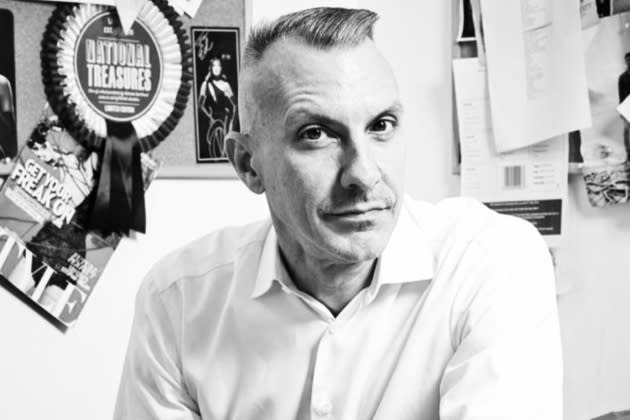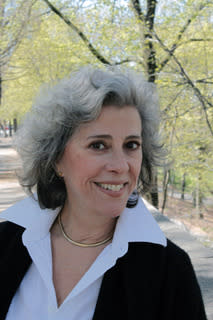Ed Burstell and Sandi Burrows Form Beauty Brand Advisory

The beauty distribution landscape has a new player founded by industry veterans.
Ed Burstell, the seasoned retail executive, and Sandi Burrows have formed Burburs LLC, an advisory firm for prestige beauty brands looking to enter the U.S. market.
More from WWD
Burstell, who spent time in the trenches at Henri Bendel and Bergdorf Goodman before helming Liberty of London and, most recently, working at Neiman Marcus, said he and Burrows met during the early days of MAC Cosmetics. “Sandi held their first U.S. contract for MAC, and I was working at Henri Bendel. That’s how long we’ve known each other,” he said.
Burrows’ résumé includes the U.S. introductions of Aesop, Byredo, Serge Lutens and L’Artisan Parfumeur, in addition to MAC. The goal with Burburs — a riff on their last names — is to combine Burstell’s retail know-how with Burrows’ knack for building brands.
“We both know what has the inherent DNA to grow up if you nurture it and guide it properly, and if you can help the founders and the creators avoid making expensive newcomer mistakes,” Burrows said.
The U.S. market has seen seismic shifts since the duo first met, given the decline of department stores and the golden age of beauty specialty retail. “There was an old model before, where you could be cool by association,” Burstell said. “If you were in Barneys, every brand wanted to be in there, every store went to see what Barneys was doing. Now, the onus is clearly on the brands to create their own visibility and their own buzz. And I can only think of a handful of retailers that will spend marketing dollars doing PR and social media on a small startup.”

Added Burrows, “You have retailers seeking discoveries, and you, as the brand, have to be able to find the path to get yourself in front of the people who want to make those discoveries and want the things other people don’t have yet.”
Consumers have also grown much savvier and storytelling has become one of smaller brands’ biggest hurdles in raising awareness. “If you have a manufactured story, you’re going to get called out in a heartbeat,” Burstell said. “If you have a forward-thinking retailer that looks at things through an editorial lens, you get to tell the story the way the brand wants to tell it. What a lot of smaller start-ups don’t understand is that you don’t need a big machine right away.”
Though entering retail is the firm’s forte, Burrows acknowledged that it’s not a be-all, end-all. “Getting on a shelf is not going to lead you to success,” she said. “You need to have the ability to communicate a very engaging story, and you tell that story in a million ways — some with words, some with visuals, and others with the choices of what you do. And it all has to hang together.”
They often advise brands to start small on the retail front.
“People think because the U.S. is so geographically vast, they have to be in as many stores as possible,” Burstell said. “How is that helping a brand today? We say to put that on hold, develop the brand, have the communication directly with the consumers first, and then you can always have a conversation with a retailer later.”
Burburs’ purview expands beyond retail to most aspects of building brands with longevity. “We look at the store, we look at the communication and messaging, product array, pricing tiers. Then we do a 12-, 24-, 36-month calendar that hits on everything, like distribution,” Burstell said. “It’s quite 360. When people ask what we get involved in, we say we get involved in everything.”
Best of WWD
